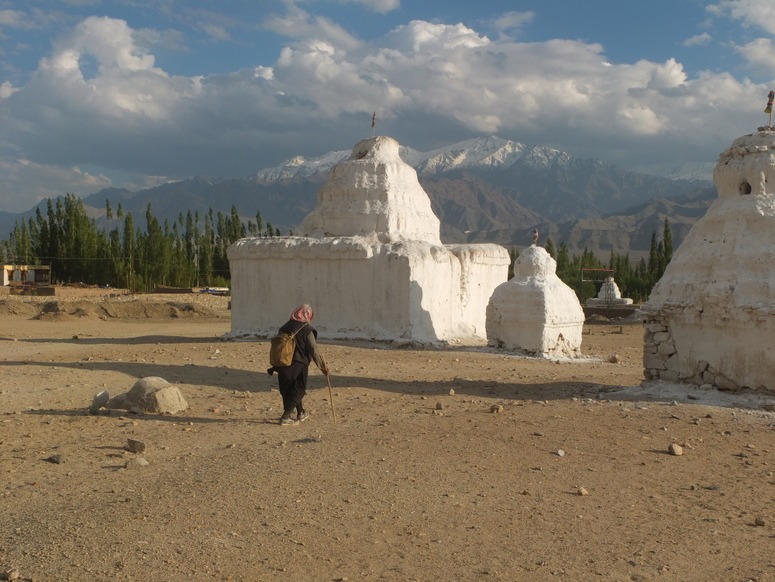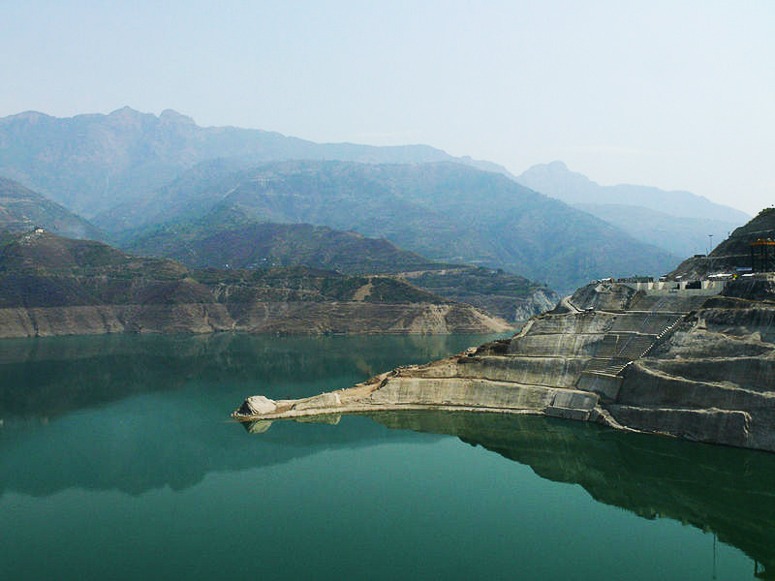OK, I am a grunge re the 2012 London Olympics. For example, I drove past the Olympic Park last night at a peak period when the official websites were predicting fortissimo traffic chaos. The A12 was almost deserted and the Olympic Lane had nothing but empty buses. London is being described as a Ghost City, because so many sensible Londoners have fled to the shires.
So what of Greenwich Park? Unable to get a ticket, I looked first to the BBC, whose website had crashed. So I turned to Youtube and thank keirshepherd for the above video. It is nice to see folk having a great day out in the Park but (1) it looks as though I could have had a ticket without the Park becoming over-crowded (2) the competitors look amazingly relaxed – are they judged on the jumps and not on their speed? (3) where on earth did the kitchy ideas for the jumps come from? They make the aesthetics of Disneyland in the 1960s look restrained and tasteful. To find anything as bad in everyday London, the only place I can suggest is a pet superstore. Do we conceive the animal world as inferior to the youngest kids? Are horses imagined to enjoy trashy sentiment and sickly colours?
Greenwich Park was designed as a place to keep deer and for the young royals to learn horsemanship. One can imagine the Queen Elizabeth I taking the park at full pelt. The spirit of the Tudors could have been caught with a wild racing gallop – more Cecil B DeMille than Micky Mouse.

Image courtesy Peter J Dean
Category Archives: Garden Design
The placement of Buddhist stupas as landscape architecture
 Having wondered for some time whether the design and siting of the pyramids at Giza was conceived as a ‘stylization’ of sand dunes on the boundary between the Red Land (desert) and the Black Land (farmed land), I timidly kept the idea to myself until Charles Jencks put forward the same idea. Now I wonder if the largest stupa field in Ladakh (above, at Shey) was conceived as a stylization of a mountain range. The stupas have this appearance but there are many considerations:
Having wondered for some time whether the design and siting of the pyramids at Giza was conceived as a ‘stylization’ of sand dunes on the boundary between the Red Land (desert) and the Black Land (farmed land), I timidly kept the idea to myself until Charles Jencks put forward the same idea. Now I wonder if the largest stupa field in Ladakh (above, at Shey) was conceived as a stylization of a mountain range. The stupas have this appearance but there are many considerations:
- Hindu gods are associated with mountains
- Buddhism does not have creator gods but draws much from Hindus ideas
- Stupas are symbols of the Buddha’s presence
- Nirvana is represented in Buddhist art as being in a mountainous region
- Mt Kailash is sacred to Hindus and Buddhists
An interesting aspect of Ladakh is that it has no tradition of making ‘pleasure gardens’ but the whole country appears to have been conceived as a garden.
Should marijuana be grown in Uruguay's gardens and parks?
The muscular men on the left appear confident of their own virtue. The young man on the right has the diffident sensitivity of a poet, wondering if drugs should be legalised. Uruguay, it has been announced, has decided to make marijuana a state enterprise. The government will grow marijuana and sell marijuana. Their aim is to put the criminal drug barons out of business and ensure those who smoke marijuana can get a clean uncontaminated product. I support the policy of putting the barons out of business – and wonder where the stuff should be grown. Should marijuana be grown in secure government barbed wire compounds? Or in private gardens? Or in public parks? Could it be a forbidden fruit symbol, fostering our hatred of sin? What involvement might the church have in this enterprise?
The aspect of the Uruguay drugs policy I question is the government making money from it. This could lead officials to encourage consumption. Politicians do not always reek with virtue. Why not give the stuff away? – but plan the distrubition so that users have to walk past an exhibition showing the ill-effects of drug use. They could also revive the Order of Penitents and have lines of former drug users bewailing their fates and showing their scars.
Images courtesy U.S. Embassy Montevideo and Marcelo Acosta.
Hemel Hempstead Water Gardens to be restored
We contributed to the shaming of Dacorum Borough Council and thus to its decision to restore Geoffrey and Susan Jellicoe’s design for the Water Gardens in Hemel Hempstead. See blog post: Hemel Hempstead Water Gardens are a National Disgrace. HTA Landscape Design has been appointed by Dacorum Borough Council to restore the the gardens. I hope volunteers will be involved and look forward to reporting on the success of the scheme.
Tehri Dam failure could destroy architecture and landscape
I take this opportunity to apologise on behalf of the British people. They did not build India’s first dams, but they accelerated the pace of dam-building and Ganges-spoilation. Rivers should regarded as sacred in the pre-Christian sense (‘set apart’) on account of their high importance. See this Wiki entry on the geology of the Himalayas to chill your spines: http://en.wikipedia.org/wiki/Himalayas#Geology. And see these photos of India’s water shortage to super-cool your spine. The dams, it appears, are being used to divert water from rivers and rural areas. It is used to generate electricity for the cities and to keep them supplied with water for lawns, swimming pools, car washing etc. Mahatma Gandi would not approve of this. But everyone wants to live in cities, so what can be done? Limiting the population is one thing but Indira Gandi had no luck with this policy. She was assassinated in her garden after commenting in a speech on the preceding day that ‘I am alive today I may not be there tomorrow I shall continue to serve till my last breath and when I die every drop of my blood will strengthen India and keep a united India alive’. Compulsory sterilization contributed to her unpopularity but Sikh separatism was the immediate motive for her assassination.
Ten thoughts about garden design and landscape architecture
This chair is near the spot where it was washed ashore, perhaps from a shipwreck, leading to ten thoughts about garden and landscape design:
- Gardens are enclosed. Landscapes are un-enclosed.
- Designers use the materials of nature to express ideas about Nature.
- Gardens make us think, as well as making us comfortable.
- Poetry and painting normally begin on a white surface.
- Garden and landscape design begin on a contextual surface.
- Land existed before history and land will exist after history.
- Landscape architects and garden designers think about what happened in the past, about the near future and about the far-distant future.
- Garden and landscape design are four-dimensional arts.
- Yet the best designs have a fifth, spiritual, dimension. They embody unprovable beliefs.
- One gardens in time, with time and for a long time.


